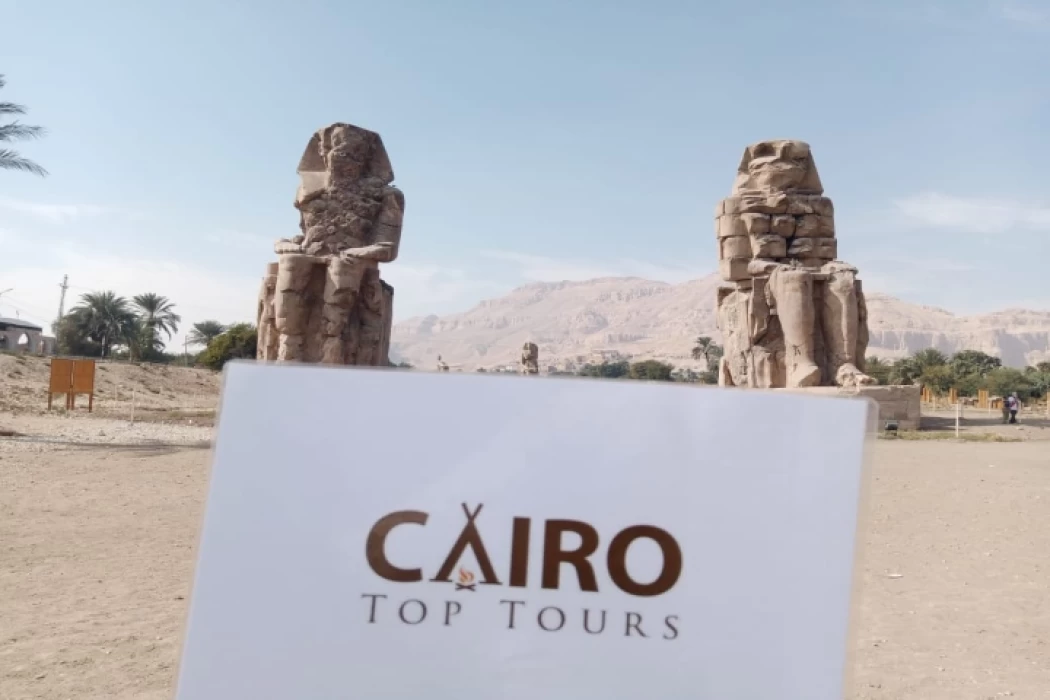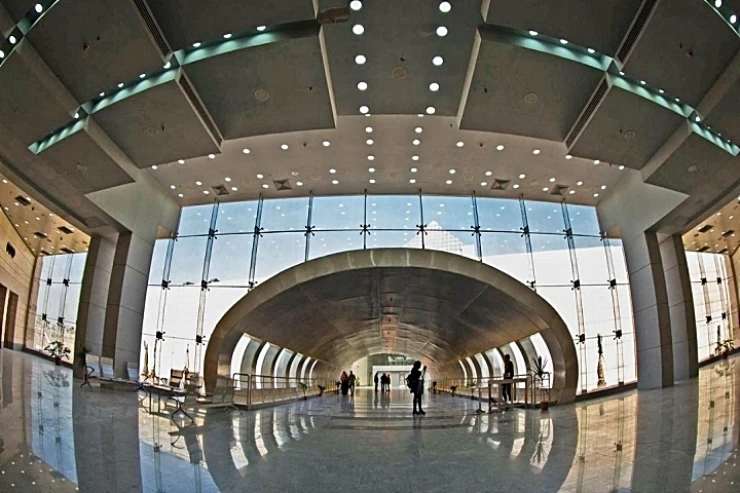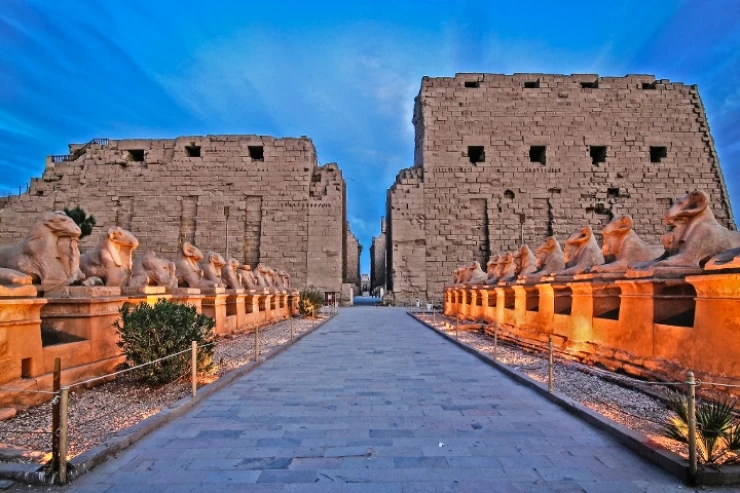
Egyptian Symbols
No civilization has aroused more interest and mysticism throughout history than the Egyptians; mysteries such as who built the pyramids and how they were able to achieve it without the logistical advances of today; the divine worship around the figure of their Egyptian pharaohs, and of course, their curious and intricate hieroglyphs are some of the elements that still today continue to arouse interest among the most curious. Our Egypt tours to Luxor are reached in History and civilization, because Luxor is the land of Egyptian pharaohs and tells a lot about ancient Egypt.so i suggest booking Luxor day tours and shoes if you want to visit East bank or West bank.
Egyptian symbols with their meaning
Although the ancient Egyptian civilization no longer exists as such, its iconography and mythological symbols are still very present, not only in the territory itself but have ended up being part of popular culture around the world in the form of decorative objects, jewelry, and tattoos that you will discover with us in Egypt day tours. In this post, we will review the most important and well-known Egyptian symbols of this exciting culture, with their meaning.
Ankh or Ankh Cross
One of the most common and well-known symbols of Egyptian culture that you will discover during Egypt travel packages. It is a cross whose upper part is rounded with a curved shape.
This icon has a close relationship with eternal life, and therefore, it appeared in representations of deities to symbolize life and death. As the pharaohs were a representation of the gods on earth, they were not exempt from showing themselves with this symbol in their hands. Egyptian symbols are spread in every historical place in Egypt so choose your destination according to your interest, among Aswan or Luxor day tours.
Eye of Horus
The Eye of Horus, also called the Eye of Ra, is the Egyptian symbol of protection par excellence. Its origin is found in the ancient Egyptian religion, referring to the God Horus, son of the God Osiris, who had lost an eye in his fights against Seth, his father's brother and also his murderer. I encourage you now to head to Edfu temple that is included in our Aswan day tours, you will discover many secrets about Hours and his story from the tour guide.
The symbol of the Eye of Horus was adopted as an amulet of divine protection, both against evil and to combat disease. Today, this icon is still used as a symbol of protection. It is not uncommon to find necklaces, earrings, and even tattoos in the shape of the Eye of Horus. You can use your time in Aswan and take a Felucca ride in the Nile. This journey will enter you in an amazing level of fun.
Feather of Maat
Maat is an Egyptian concept related to truth, justice, and law usually represented by a woman wearing an ostrich feather on her head. According to Egyptian religion, you will discover the most important information about it in your Egypt Classic tours, when any mortal's time came, he or she had to face the judgment of Osiris.The best place you can head to discover maat in ancient Egypt is Karnak temple that is included in our Egypt Luxury tours. There you will attend the light and sound show to explore ancient Egyptian pharaohs.
Experience during Egypt budget tours the feather of maat, she was placed on one plate of a scale and the other, the heart of the deceased. if the deceased's heart weighs more than the feather, the deceased is sentenced to live his eternal life in hell, because they believe that if the heart is heavier than the feather, it is because of his sins and evils of the deceased Thus. there was no 'human' lie capable of deceiving the truth and purity of Maat's feather. That is why this icon is precisely related to justice, balance, and wisdom.
The Scarab
One of the most important and relevant symbols of Egyptian culture that you will discover in Egypt Easter tours; the dung beetle is an icon that represents the power of the rising sun, as well as the connection between life and death.
In life, the scarab became an amulet against evil. After death, this symbol allowed the dead to reach resurrection and therefore eternal life. That is why it is not uncommon to find representations of scarabs sculpted on sarcophagi.
Today, the figure of the scarab still embodies an Egyptian symbol of protection and good luck; it is intended to ward off evil and ward off bad energies.
Djed Pillar
As its name indicates, the Dyed Pillar is a kind of column, wider at the base and thinner at the top, crossed by four lines (the sacred number in Ancient Egypt) at the top.
This figure represents stability, as well as strength and dominion. Because of its shape, it has also been related to the spine of the god Osiris. This icon is also known as 'The Pillar of Osiris'.The Was or Uas Scepter It is a ceremonial staff used by the Egyptian pharaohs. The shape consists of a straight rod and at its upper end, the shape of the head of a mythological animal.Being an element closely linked to the ancient kings of Egypt, it is related to the power and strength embodied in this semi-divine figure.
The Tjet
Also known as the knot of the goddess Isis, because of its shape similar to the knot that the Egyptian gods made in their clothes and tunics to make them fit better to the body. Its meaning is linked to the concept of 'well-being'. On the other hand, being an element linked to a female goddess like Isis, it also represented fertility and life.
The Egyptian cobra
Uadyet, the cobra goddess, is widely represented in Egyptian culture in different places. Perhaps, one of its most widespread uses is in the crowns of pharaohs and Egyptian gods, as a symbol of power, protection, and authority.
In addition to the crowns of the pharaohs, the Egyptian cobra was also frequently used in all kinds of jewelry and amulets, as well as in hieroglyphs and decorations to protect royalty.
The Ba
This is probably one of the most common Egyptian mythological figures in hieroglyphs, very easy to find on the walls of Ancient Egyptian buildings that are still preserved today such as Luxor temple. It looks like a bird with a human head. I suggest choosing our Egypt tour itineraries, to discover the most entertainment activities and things to do such as Hot Air balloon in Luxor.
It is a figure that represents the soul of the people. In ancient times, the Egyptians believed that when someone died, his 'Ba' left the body of the deceased and ascended to the world of the dead, and then returned at night. This figure is still related today to the soul or spiritual part of each person. It is that 'non-physical' part that represents us and that will leave our bodies when we die.


















